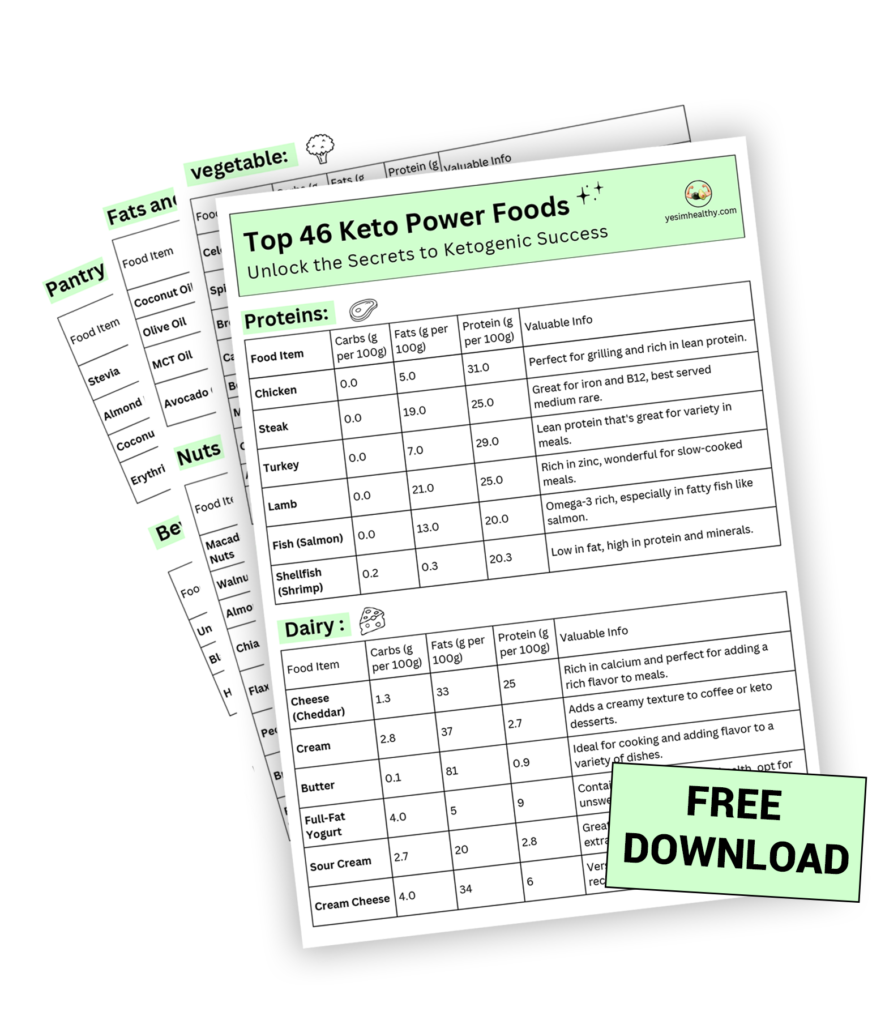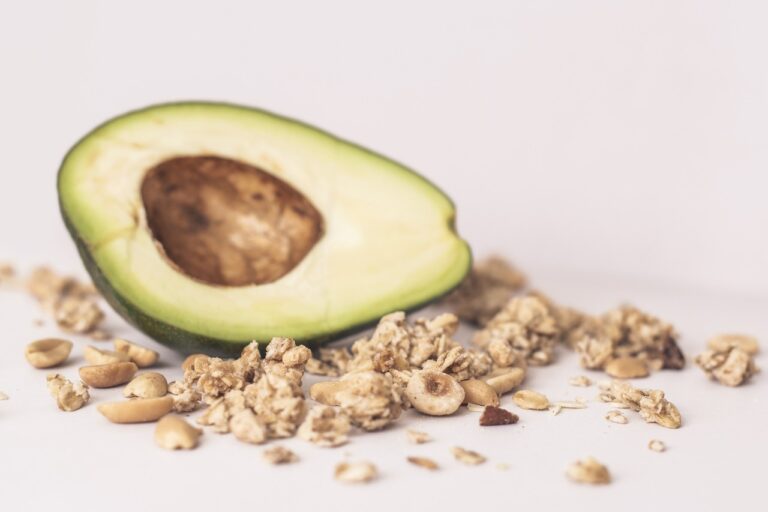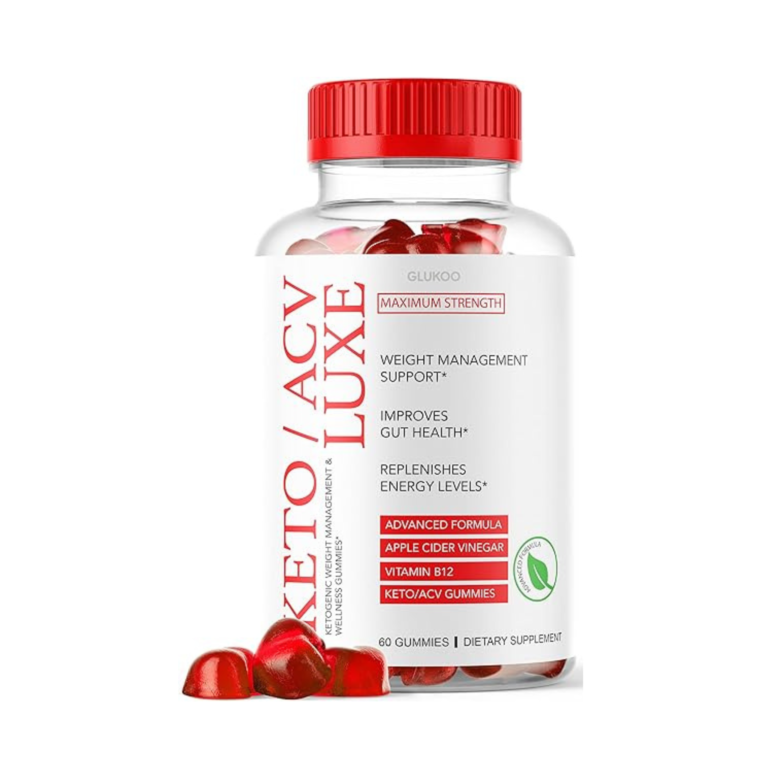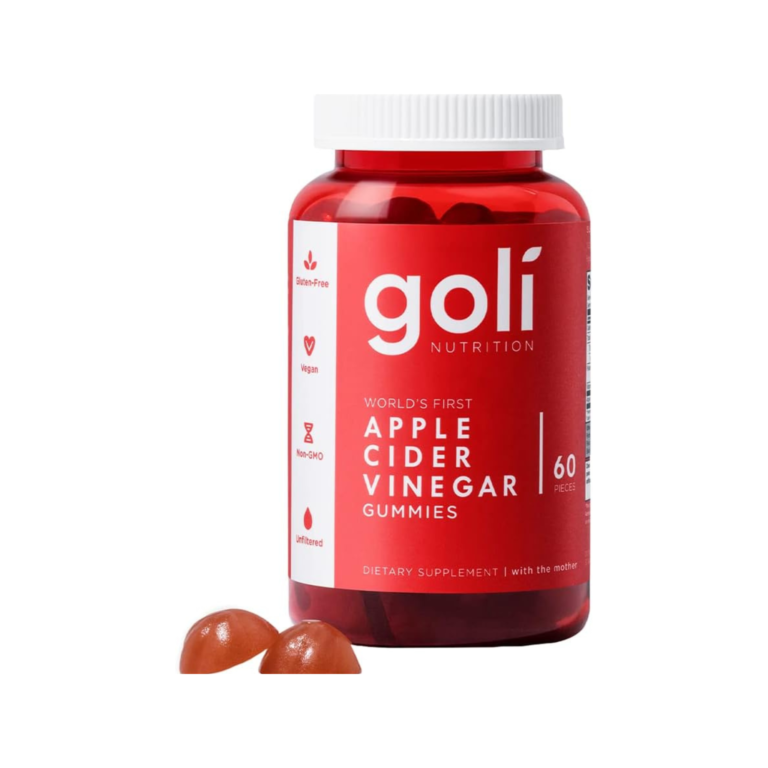Keto Basics: Essential Diet Plans for Beginners
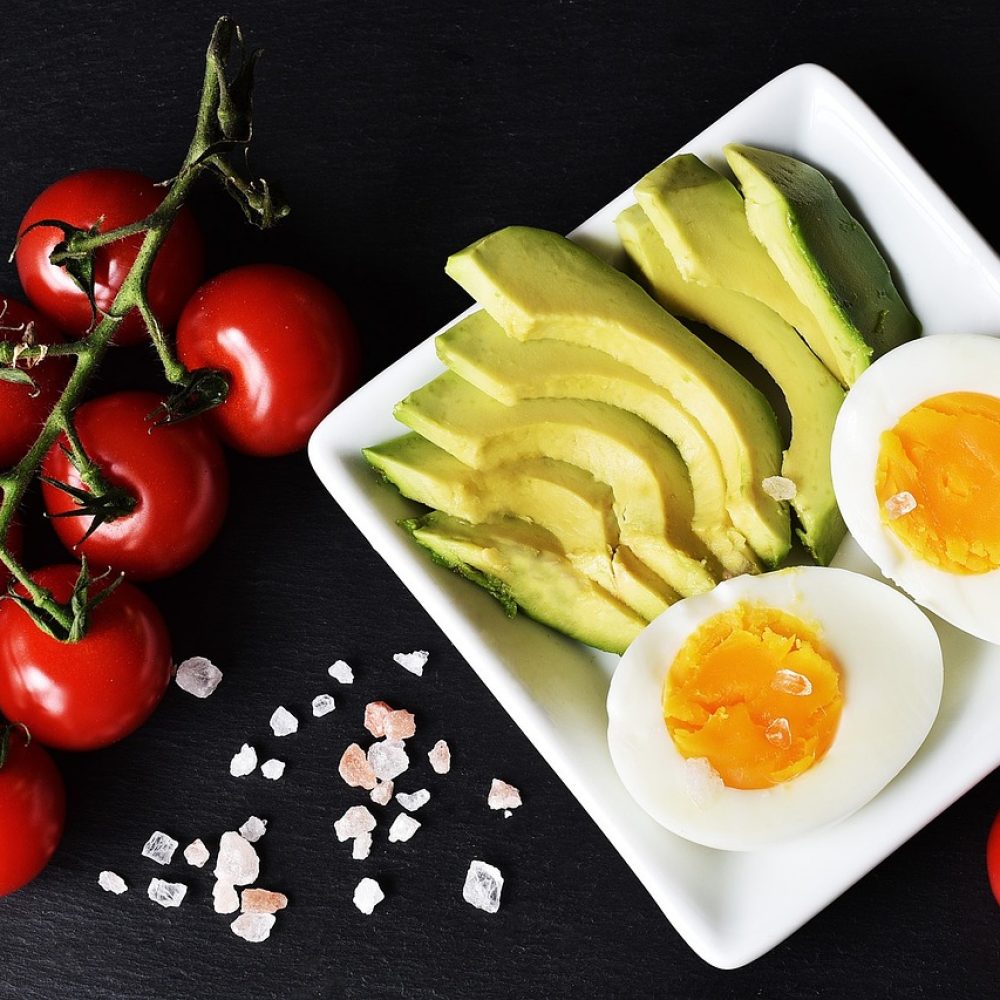
The ketogenic, or “keto” diet, is more than just a fad; it’s a dietary shift with the potential to offer genuine health improvements for many. By manipulating carbohydrate intake and pushing our bodies to utilize fats for energy, the keto diet’s appeal lies in its science-backed benefits. Let’s break down the essentials.
The Core of the Keto Diet
Fundamentally, the keto diet focuses on a low carbohydrate, high fat, and moderate protein intake. The main goal is to guide the body into a state known as ketosis. Here, instead of carbohydrates, the body uses fats as its primary energy source.
Key Benefits of the Keto Diet
Weight Management: The keto diet stands out for its potential in aiding weight loss. By lowering carbohydrate intake and increasing fat consumption, our bodies can become more adept at burning stored fat.
Blood Sugar Regulation: Especially for those managing type 2 diabetes, the diet can offer stabilization of blood sugar levels.
Cognitive Enhancement: There’s a belief that ketones, which are produced during ketosis, can provide a superior energy source for our brains, leading to enhanced focus and mental clarity.
What the Research Says
Current studies highlight the keto diet’s efficacy primarily in three scenarios:
Epilepsy Treatment: The classic ketogenic diet has shown considerable promise in treating epilepsy, though this specific application won’t be our primary focus here.
Type 2 Diabetes Management: Preliminary findings suggest the diet can stabilize blood sugar and support weight loss efforts in those with type 2 diabetes.
General Weight Loss: While many praise the keto diet for its weight loss benefits, it’s worth noting that more comprehensive research is still needed in this area.
It’s also crucial to differentiate between the classic ketogenic diet, which has substantial research support, and other variations like the cyclical or targeted ketogenic diets. These variations have fewer studies backing them.
Pros and Cons of the Keto Diet
Pros:
- Potential rapid weight loss
- Might help control appetite and reduce cravings
- Can result in improved energy levels
Cons:
- May lead to nutrient deficiencies if not followed carefully
- Initial phase can cause flu-like symptoms, commonly referred to as “keto flu“
- Can be challenging to maintain in the long term
Is the Keto Diet Right for You?
While many swear by the keto diet’s benefits, it’s essential to consult with a healthcare professional before starting. The diet isn’t suitable for everyone, especially those with specific medical conditions or dietary requirements.
Getting Started: Essential Keto Diet Plans
- Standard Ketogenic Diet (SKD): This is the most common and recommended version. It typically consists of 70-75% fats, 20-25% protein, and 5-10% carbs.
- Targeted Ketogenic Diet (TKD): Ideal for those who work out intensely. It allows additional carb intake around workouts.
- Cyclical Ketogenic Diet (CKD): Involves periods of higher-carb refeeds, like 5 ketogenic days followed by 2 high-carb days.
- High-Protein Ketogenic Diet: Similar to SKD but includes more protein, often a 60% fat, 35% protein, and 5% carb ratio.
Keto-Friendly Foods:
- Meat, such as chicken and beef (0 g carbs per 3 ounces)
- Fish and seafood, like tuna and salmon(0 g carbs per 3 ounces)
- Eggs (0 g carbs per egg)
- Cheese, like cheddar (less than 1 g carbs per 1/2 ounce)
- Olives (2 g carbs for 10 small olives)
- Oil, such as canola oil, olive oil, and coconut oil (0 g carbs per tablespoon)
- Butter (0 g carbs per tablespoon)
- Cream (0.4 g carbs per tablespoon)
- Greek yogurt (7 g carbs per 6 ounces, low fat)
- Cottage cheese (10 g carbs per 1 cup, low fat)
- Nuts, like almonds (6 g carbs per 1 ounce)
- Berries, like raspberries (15 g carbs per 1 cup)
- Melon, like cantaloupe (13 g carbs per 1 cup)
- Avocado (9 g carbs per half)
- Dark chocolate (13 g carbs per 1 ounce)
Foods to Limit or Avoid:
- Processed snacks: Crackers, chips, cookies.
- Rice, bread, oatmeal, pasta.
- Grains: Farro, bulgur, quinoa.
- Milk.
- High-carb fruits: Grapes, bananas.
- Beans, lentils.
- Starchy vegetables: Large portions of sweet potatoes, potatoes.
- High-sugar foods: Cake, ice cream, candy, soda.
Keto Menu Suggestions
Breakfast Options:
- Avocado and Egg Omelette: Create a flavorful two-egg omelette with diced avocado. Add a sprinkle of cheese for added richness.
- Keto Morning Smoothie: Blend coconut milk, spinach, a small amount of berries, chia seeds, and almond butter for a quick and nutritious start to your day.
Lunch Delights:
- Grilled Chicken Salad: Enjoy seasoned grilled chicken on a bed of mixed greens, complemented by cherry tomatoes, cucumber, olives, and a tangy dressing made of olive oil and lemon juice.
- Zucchini Noodles (Zoodles) with Pesto and Grilled Shrimp: Spiralized zucchini serves as a great substitute for traditional pasta. Top with homemade pesto and grilled shrimp for a refreshing and light meal.
Dinner Inspirations:
- Beef Steak with Asparagus: Grill or pan-sear a juicy beef steak and serve with buttered asparagus spears.
- Salmon with Creamy Spinach: Oven-baked salmon fillet paired with creamy spinach cooked in a touch of cream and garlic.
Snack Ideas:
- Cheese and Olives: A small serving of cheddar cheese with olives.
- Almond and Berry Bowl: A handful of almonds mixed with a small serving of berries for a sweet and crunchy treat.
Looking for a quick and healthy keto snack? I’ve got the perfect recommendation for you:

ratio KETO Friendly Soft Baked Bars
KETO Friendly,pecan-chocolate delight, gluten-free, naturally sweetened,low net carbs

Keto Pancake & Waffle Mix by Keto and Co
enjoy pancakes without the carbs, Only 150 calories, (2g) net carbs, (12g) fat, and (9g) protein per serving.

Chocxo Dark Chocolate Coconut Almond & Sea Salt Snaps
low-carb,(2g)sugar per dark chocolate piece with coconut and almond. USDA Organic, 85% cacao,

Whisps Cheese Crisps Parmesan Cheese
Herb-spiced parmesan crisps: a crunchy, low-carb delight. 100 calories, 1g carbs per serving
Transitioning to the Keto Diet
Embarking on the ketogenic diet is not just about changing your food choices, but it’s also a transformation in how your body metabolizes energy. With this significant shift, there are essential aspects to keep in mind to ensure a smooth and effective transition.
1. The Importance of Hydration
-
Understanding the Need for More Water: As you start on keto, the body releases more water as it burns through glycogen stores. This increased water loss can lead to dehydration if not addressed.
-
Electrolytes are Essential: With water loss, essential minerals like sodium, potassium, and magnesium, commonly referred to as electrolytes, are also excreted in greater amounts. Consuming foods rich in these or taking supplements can be beneficial.
-
Signs of Dehydration: Watch out for symptoms like dry mouth, increased thirst, dark yellow urine, dry skin, and fatigue. These are often signs that you might not be drinking enough water.
2. Managing Keto Flu
-
What is Keto Flu?: As your body adapts to burning fat for energy instead of carbohydrates, you might experience a collection of symptoms, popularly dubbed as the “keto flu”.
-
Common Symptoms: These can include headaches, dizziness, irritability, nausea, fatigue, and muscle cramps.
-
Mitigating Effects: While the keto flu is temporary, you can minimize its impact. Consuming enough water, getting adequate rest, replenishing electrolytes, and slowly easing into carb restriction can help.
-
Duration and Remedies: Most people feel better after a few days, but for some, it may last a week or more. Bone broths, magnesium supplements, and increased salt intake can often assist in quicker recovery.
